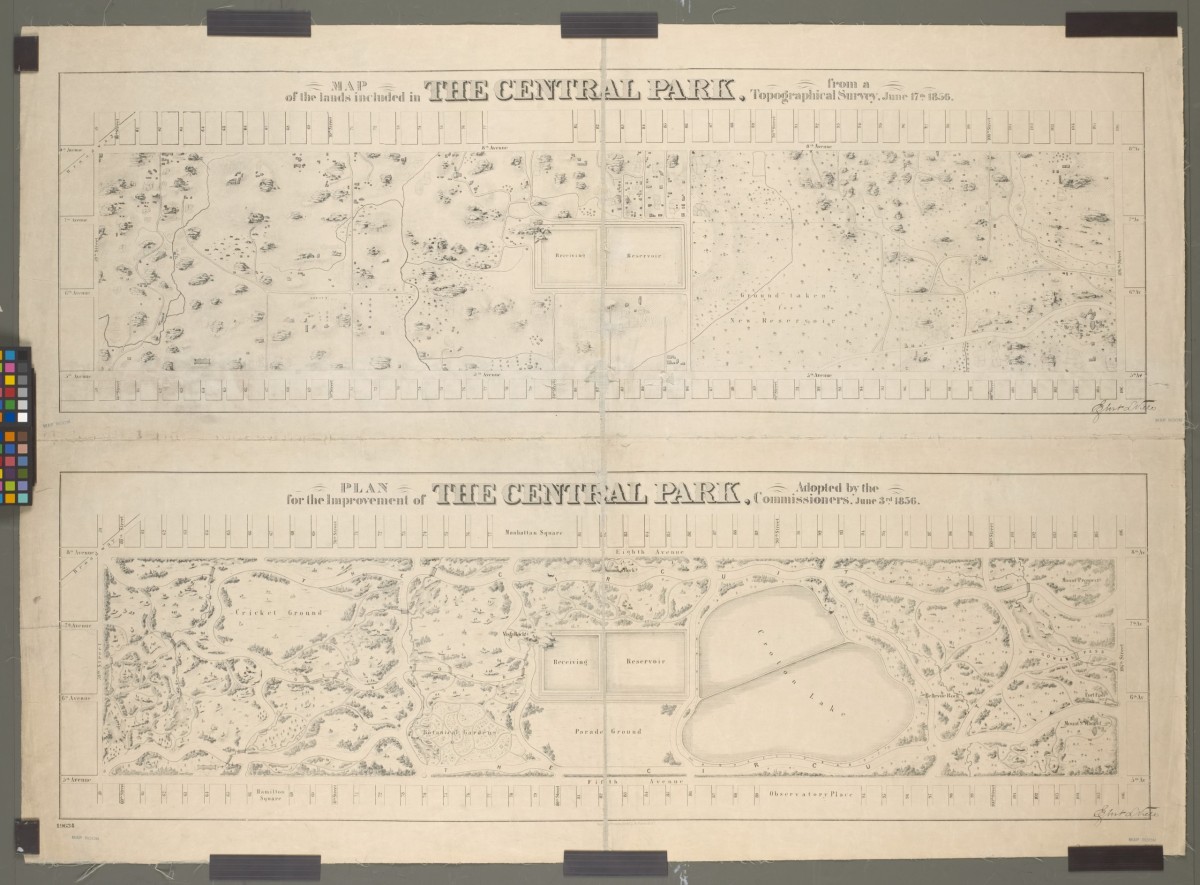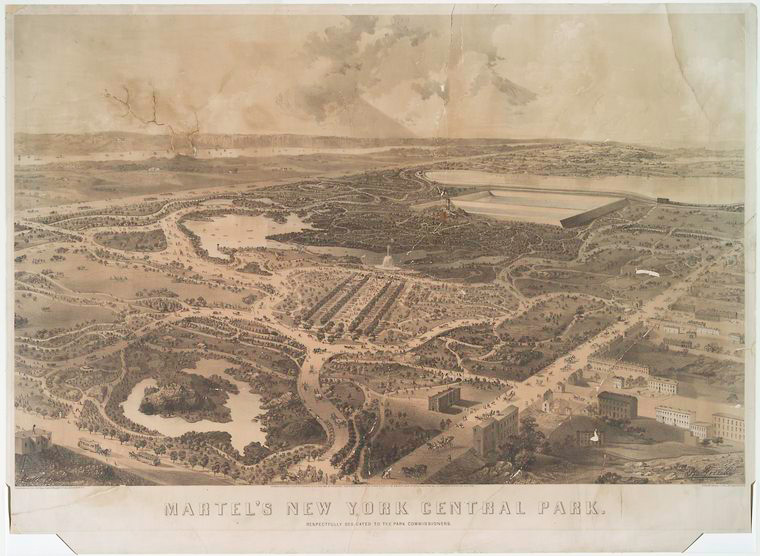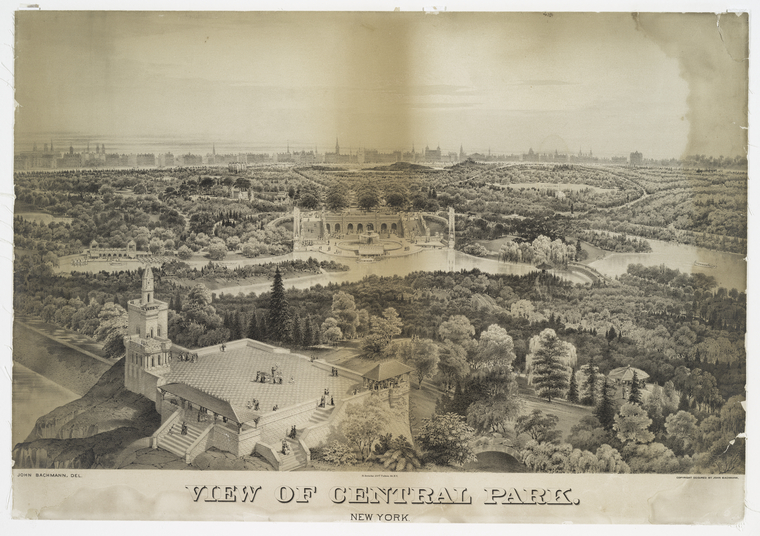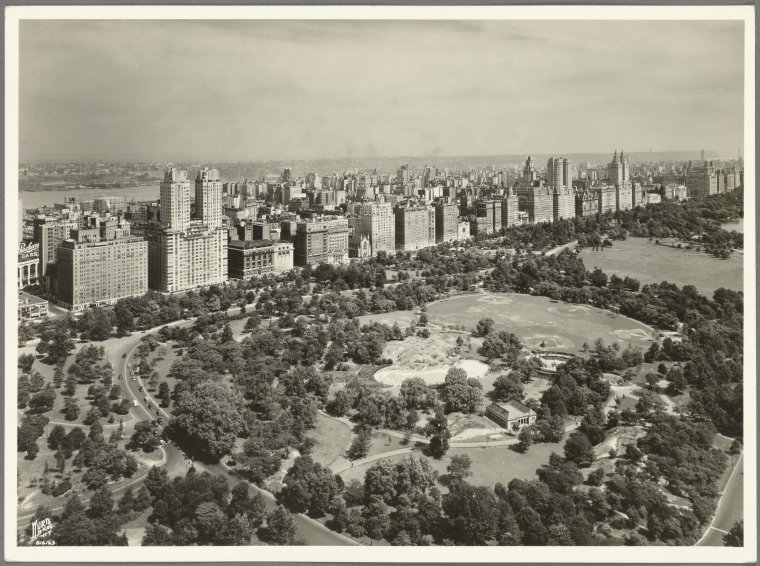Everyone,
I have started reading your writing assignments and I believe everyone could use a clear template or model for this writing to help you perform at a higher level. You are encouraged to edit or rewrite your submissions for writing assignments 1 and 2 following the template below.
This template is approximately 400 words and the structure is a model for your writing assignments:
This template is presented to model the short writing assignment for each week in Professor Montgomery’s History of New York City Architecture course. This opening paragraph is focused on introducing the topics covered in the short writing assignment. This template includes this clear introductory paragraph consisting of approximately three sentences followed by two to three paragraphs of approximately five sentences, each covering one topic only: the first focused on structural organization, the second on the quality of content, and the third on the critical role of proof-reading to ensure proper grammar and spelling, followed by a short conclusion paragraph.
The short writing assignment emphasizes practicing the structural organization required for clear, professional writing. This is why this template presents a very specific structural organization that you can apply to your assignments. With a clear guide to the organization, the author now can focus on the topic she wants to present in each paragraph. In addition, the author can use the template and paragraph length to determine how much discussion is required for each topic. Finally, the organization allows the reader to recognize clearly when one topic is being concluded and a new one introduced.
Another advantage of using a template like this is the freedom to pay close attention to the quality of the content presented in each sentence and paragraph. The template becomes a “plug and play” tool, where the author’s efforts are focused on the topics presented in each paragraph and the rigor of the discussion of each topic rather than the macro issues involved with composing the writing assignment from scratch. Topic accuracy along with relevant discussion are central to the grade criteria and the response from an erudite reader. Student authors need to strive for the highest standards for accuracy of content.
All the effort to write well will be undermined if the grammar is faulty and/or there are spelling mistakes. Many errors in grammar are not apparent until the author reads out loud to hear each sentence. It is critical to appreciate that writing quality can only be ensured with careful proof reading.
Together, good structural organization, accurate content, and sound grammar and spelling work can raise the stature of any author. Students are encouraged to be keenly aware of the impact of these facets of their writing and to adopt tools and templates like this to increase likelihood of success.










Recent Comments